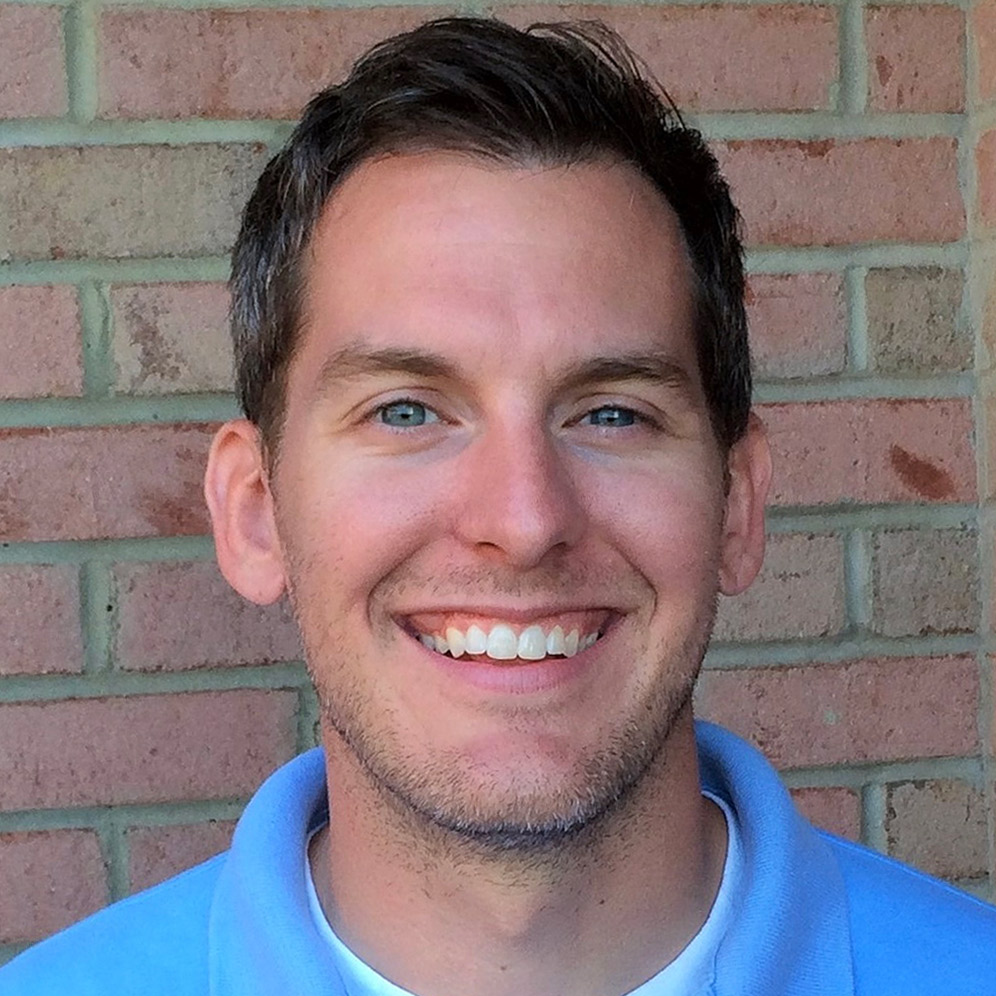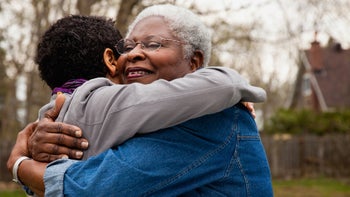
What Are the Most Common Causes of an Alcohol Relapse? Understanding Triggers in Recovery
Key takeaways:
An alcohol relapse is when you start drinking alcohol again after a period of avoiding alcohol. Relapse can result in overdose or alcohol poisoning.
Certain people, places, and feelings can trigger strong cravings and urges for alcohol that can lead to relapse.
You can limit the risk of relapse by acknowledging your triggers, understanding their connection to cravings, and making a relapse prevention plan.
Table of contents
Alcohol use is very common in the U.S. And this can make it easy to overlook how powerful alcohol is. Beyond the ways that alcohol is woven into everyday culture, alcohol itself is a powerful substance with short- and long-term effects on the mind and body. And it can bring on intense cravings. All of this makes alcohol difficult to avoid. Alcohol triggers abound. That’s true whether you’re dealing with alcohol use disorder or simply want to cut back on your drinking.
You could find yourself craving alcohol weeks, months, or even years after your last drink. Some of these urges may be random, but many are identifiable and predictable. No matter the trigger, there are strategies that can help you manage them and prevent an alcohol relapse.
What are triggers for alcohol use, and how do they form?
A trigger is anything that reminds you of drinking and anything that makes you want to drink alcohol. Triggers can be significant and symbolic. They can also seem random and without a clear connection to your past drinking. There are different types of triggers, which can fit into these two general categories:
External triggers: These triggers are outside of yourself. They can include sounds, smells, and tastes as well as locations, people, and activities. For example, a bar is likely to make you think of drinking.
Internal triggers: These triggers are based on feelings and memories of past events and experiences. While you can avoid many external triggers, like not going inside a bar, internal triggers can be particularly challenging. Memories can pop into your head at unexpected times.
Triggers form because substance use trains your brain to pay close attention to all things connected to that substance. It does this by releasing a chemical called dopamine. Alcohol creates a very powerful and rewarding effect, which prompts the brain to be on the lookout for opportunities to get another drink. This occurs even if you are in recovery or have had harmful experiences with alcohol.
Triggers lead to cravings, and cravings can lead to relapse. By knowing what your triggers are, you can extend your recovery.
What are the most common triggers that cause relapse drinking?
Common external triggers of alcohol use include the people, places, and things associated with your past drinking. Certain moods and emotional states (internal triggers) can also spark a strong desire to drink. Let’s take a closer look at four common drinking triggers.
Learn how to create a relapse prevention plan. Relapse is common. But a relapse prevention plan can help you stay on track.
Tips to stop drinking: There are many benefits to stopping drinking. These strategies can help.
Alcohol withdrawal symptoms: Withdrawing from alcohol can be dangerous without the right treatment. Here’s what to know and how to get help.
1. People (external): Who can trigger a relapse?
The people you used to drink alcohol with can be significant relapse triggers. If your relationship with a friend or family member involved drinking alcohol, you may get a craving when you see them.
People who may trigger an urge to drink include:
Family members, like parents, grandparents, and siblings
Classmates
Coworkers
People you know from the bar
People who are intoxicated, even if you don’t know them
People who spark a strong emotional reaction
Some people may understand the connection they have with alcohol. But others may not be aware of it. Keep in mind that not all people will be a trigger all of the time. Sometimes a combination of factors sparks an urge to drink.
2. Places (external): What places could trigger you to drink?
The places that are most likely to trigger an alcohol craving are the places where you most often drank alcohol. If you always had a drink when you visited a friend’s house or when you went to a certain restaurant, these places will likely be triggers for you. Bars and liquor stores are some of the most common places that trigger alcohol cravings. Even just passing by these places can trigger a craving.
Places may be limited to a certain room in a house or part of a building. For other people, a neighborhood or entire city could make them want to drink.
3. Feelings (internal): How does your mood or stress level contribute to alcohol relapse?
The way you feel can trigger an urge to drink alcohol. Stress can lead people to use alcohol as a form of self-medication. Similarly, unpleasant feelings may spark an urge to drink. This can be the case when you feel:
Angry
Sad
Annoyed or irritated
Anxious
Bored
Lonely
But you may also experience a relapse when you feel happy or excited. Wanting to celebrate something can trigger a desire to drink alcohol.
Sometimes alcohol may seem like the only way to manage intense or changing moods. This is why it’s important to recognize your triggers and have a plan to deal with them when they arise.
4. Other things (external): What else can make you want a drink?
Almost anything can make you want to drink if your brain has made an association. Here are some more examples of things that can trigger an urge to drink:
Bottles of alcohol (or pictures of alcohol)
A certain day of the week or time of the day
A hot summer day or a cold winter night
An important anniversary or event
Disagreements and arguments
Sporting events
Use of other substances, like cannabis, cocaine, or tobacco
Sometimes there’s a clear connection between a particular thing and your desire to drink alcohol. But the trigger doesn’t have to make sense to create an urge. The key is to identify the trigger.
How can I identify my drinking triggers?
To identify your drinking triggers, consider keeping a “drinking journal.” This can help you track the people, places, feelings, and other things that trigger your urge to drink alcohol. It may also help to sit down and reflect on your past experiences with drinking to identify patterns of where you drank, who you drank with, and how you felt before drinking.
What can I do about relapse triggers?
Identifying, listing, and understanding your alcohol use triggers is very important, but it’s only the first step. Now, you must decide how you can make these triggers less frequent and less powerful.
For most people, dealing with triggers comes down to two strategies:
Avoid the trigger.
Confront the trigger with a personalized relapse prevention plan.
Avoid your relapse triggers
Sometimes the easiest way to manage triggers is avoiding the people, places, and things that trigger your desire to drink. If you can avoid a certain person, part of town, or situation, it could greatly reduce your cravings for alcohol.
But some triggers are unavoidable. Whether it’s a holiday, anniversary, or coworker, you will surely have some triggers that you just can’t avoid. This is certainly the case with emotions. Whether sadness, boredom, or excitement is a trigger for your drinking, it’s just not possible to prevent certain feelings. But you can work on identifying the trigger, be it an emotion or place, and your response to it.
To find out what you can avoid, write down your triggers and separate them into “avoidable” and “unavoidable” columns. Avoid what you can, and make a plan for how you’ll respond to the others.
Create a relapse prevention plan
Preventing relapse is a major part of recovery from alcohol. Though there are many ways to stay sober, not all options will work for all people. Working to create a relapse prevention plan can help you figure out what works for you. You may need to experiment with different strategies to find what works best for you.
Here are some ways to respond to triggers:
Have a plan or response for how you will decline a drink if someone offers you alcohol.
Call a loved one, mental health professional, or a sponsor.
Attend a self-help or support-group meeting.
Practice relaxation skills.
“Play the tape” by thinking through the consequences of acting on your triggers.
Stay physically active.
Do a nontriggering activity that you enjoy, like watching a movie or listening to music.
The best part about these options is that you can do several at the same time. Your relapse prevention plan is specific to you, so spend time thinking about and creating a plan that works for you.
What are the best ways to recover from an alcohol relapse?
Relapse is very common and can be dangerous. But it doesn’t mean you failed or that your treatment didn’t work. You can think about relapse as an opportunity to reassess your overall treatment and relapse prevention plan. Learn from your setback and break the cycle of alcohol use.
To recover from an alcohol relapse:
Be kind to yourself. These things happen and feelings of guilt and shame will only make it worse.
Connect with your healthcare team to reassess any professional treatments, like cognitive behavioral therapy (CBT) or medications for alcohol use disorder.
Talk to sober supporters with honesty and openness.
Attend a support group meeting.
Find a sober hobby or activity that you enjoy.
The bottom line
You may not be able to stop all cravings and urges for alcohol. But, by understanding your triggers, you can take steps to avoid or plan for them. When triggers carry less power, you have more control over your recovery and sobriety.
Why trust our experts?



References
Counseling and Psychological Services. (n.d.). Understanding mental health triggers. University of North Carolina at Chapel Hill.
Larimer, M. E., et al. (1999). Relapse prevention: An overview of Marlatt’s Cognitive-Behavioral Model. Alcohol Research & Health.
Melemis, S. M. (2015). Relapse prevention and the five rules of recovery. Yale Journal of Biology and Medicine.
National Institute on Alcohol Abuse and Alcoholism. (2025). Support recovery: It’s a marathon, not a sprint. National Institutes of Health.
National Institute on Drug Abuse. (2020). Drugs, brains, and behavior: The science of addiction. National Institutes of Health.
Rethinking Drinking. (n.d.). Building your drink refusal skills. National Institute on Alcohol Abuse and Alcoholism.
If you or someone you know struggles with substance use, help is available. Call SAMHSA’s National Helpline at 1-800-662-4357 to learn about resources in your area.

























